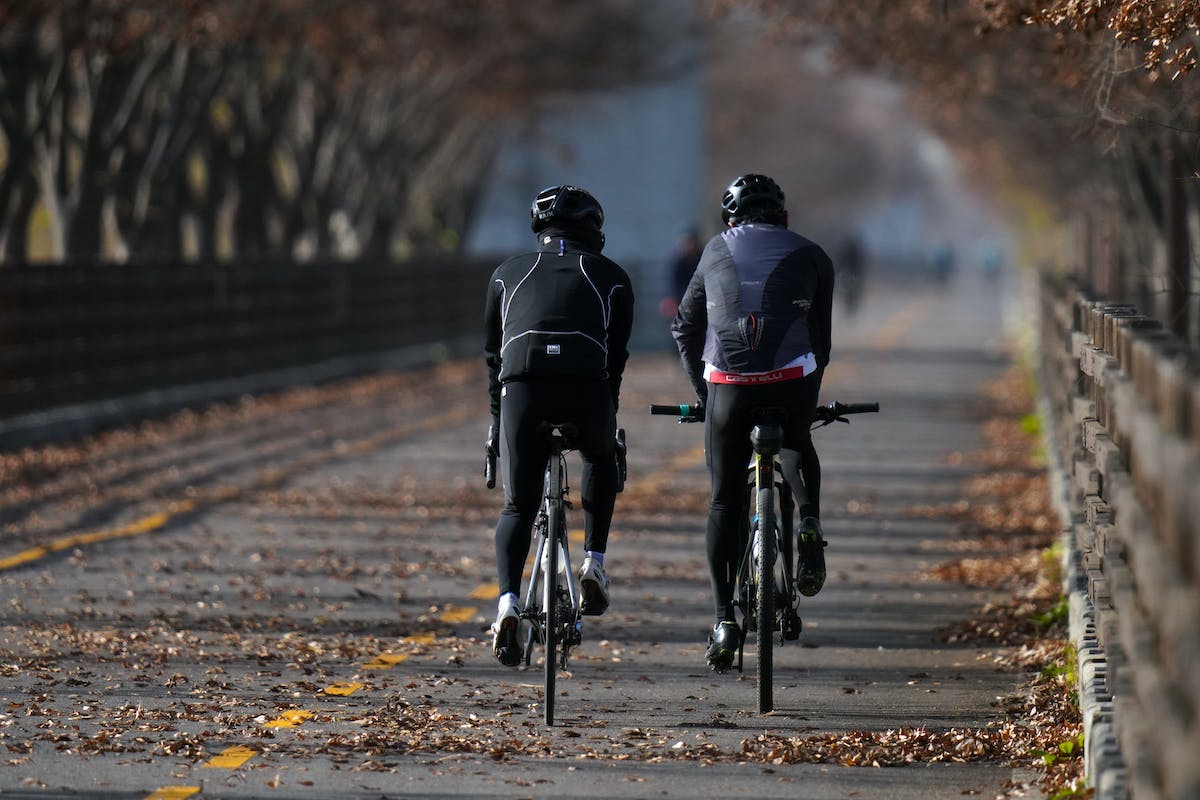The benefits of commuting by bicycle are innumerable, especially when you commute to work by bicycle. Biking is good. It’s a way to keep fit, stay healthy, lose weight, and prevent serious sickness and diseases, and it’s the best way to see the world through a bicycle tour.
Commuting with your bicycle can be very easy, easier than you think it is, and has more benefits than sitting in a traffic jam for hours just because you are riding in a car, or riding the train.
Realistically, bicycle commuting is cheaper, more environmentally friendly, more fun, and quicker in some cases, all you need to do is make it a habit. Trade your car for your bike more often, before you know what is happening, you see that you begin to use it more often too.
But like every other thing in life, there are guides and rules to using everything to make it better for us, In the same way, there are some safety tips and precautions we should take to make your daily commute safe and stress-free. In this article, some of these tips will be revealed to help you achieve a smooth ride.
Read also: How To Choose The Right Bike Pump For Your Tires
1. Safety First
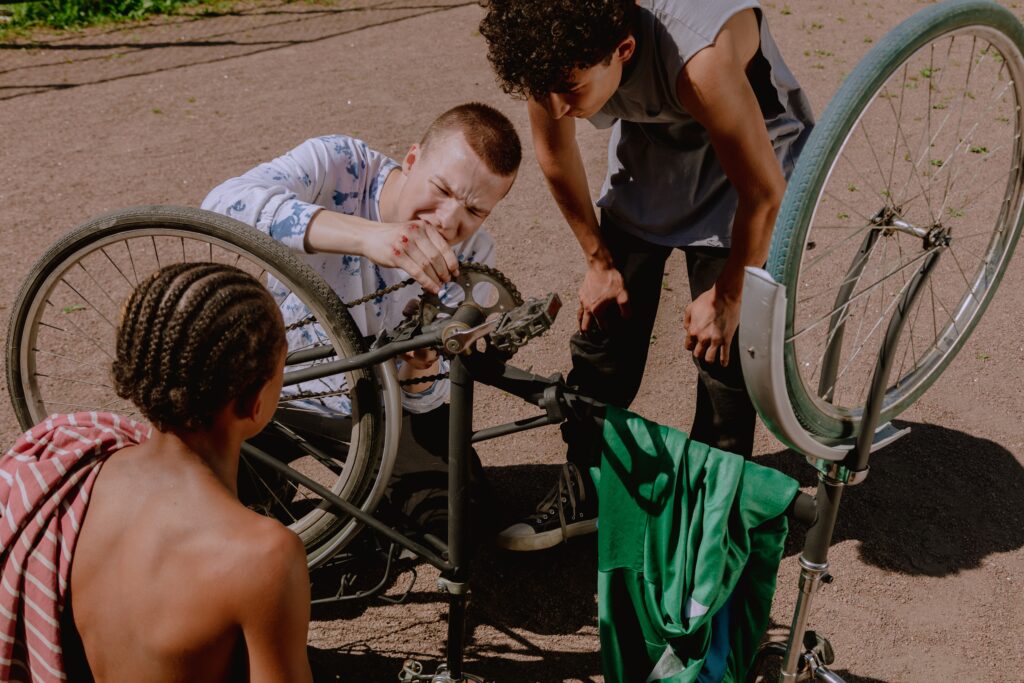
No matter what it may be that you want to do, your safety comes before any other thing. When you get a bike, the first thing you have to do is ride it in a safe area to make sure you cross your safety check. Double-check to make sure every part is set up correctly, especially if you purchased it online or if it’s a second-hand bike.
If you’ve been using it for long, check for wears, check the tires and other parts that can wear out or become degradable over time, especially if you’ve had it for long and haven’t used it.
2. Use The Right Gears

While it is true that different occasions require different outfits and you need to dress up to the occasion, wearing hi-visibility clothing, but it makes a huge difference on the roads. This is because drivers are more likely to see you, particularly in high-risk situations like when the cyclist turns right off a main road, crosses incoming traffic, or when a cyclist is moving in or around your blind spot.
It’s very affordable and can be a simple vest over your clothes while you ride. You also need a good bike lock to avoid someone stealing your bike while you park it and go about your activities for the day.
3. Know Your Routes
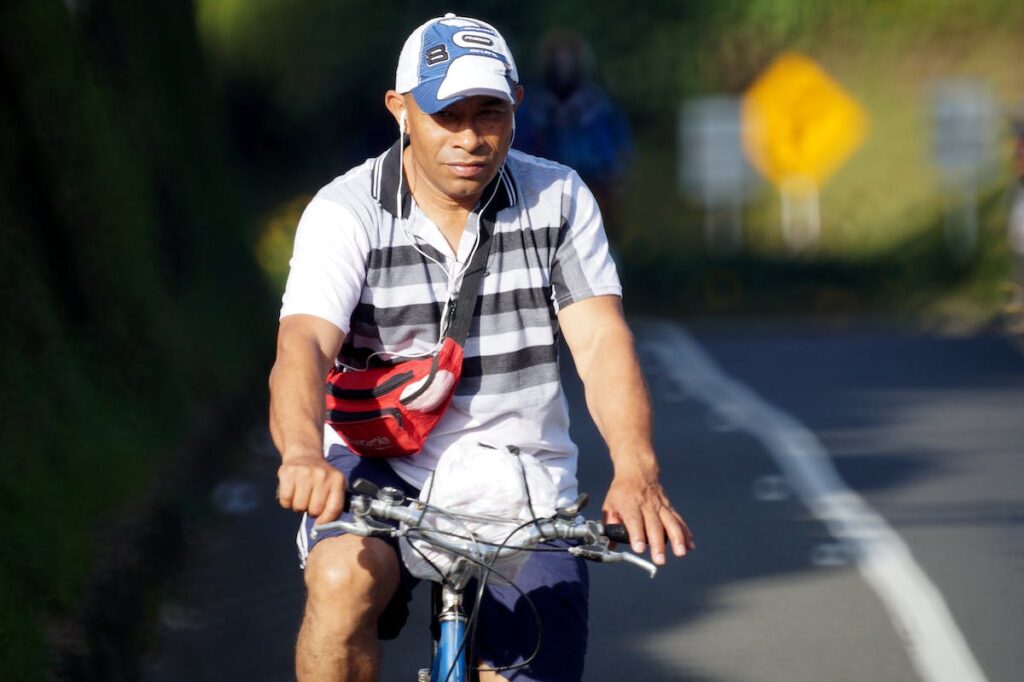
Knowing beforehand where you are riding and what routes you ought to take will help you as you set out on the road. While there are easy routes that can take you quickly to your destinations, it is very important to note that the fastest or most simple route is not always the best, when you consider peak-hour traffic, infrastructure, and whether there are cycle paths available.
You don’t want to be trying to avoid traffic or a long route and then go through a road that will cost you more time and issues.
4. Be Careful And Confident

This can never be overemphasized. If it’s your first time commuting by bike, you may not be feeling very confident, but you need to behave assertively on the roads. If you don’t communicate your direction of travel etc. with certainty, drivers are more likely to confuse your intentions. When you’ve ridden a few more times you will get used to this. Make sure your bike brakes are working well, as this can cause a lot of harm even death if it is not.
5. Use Your Signal
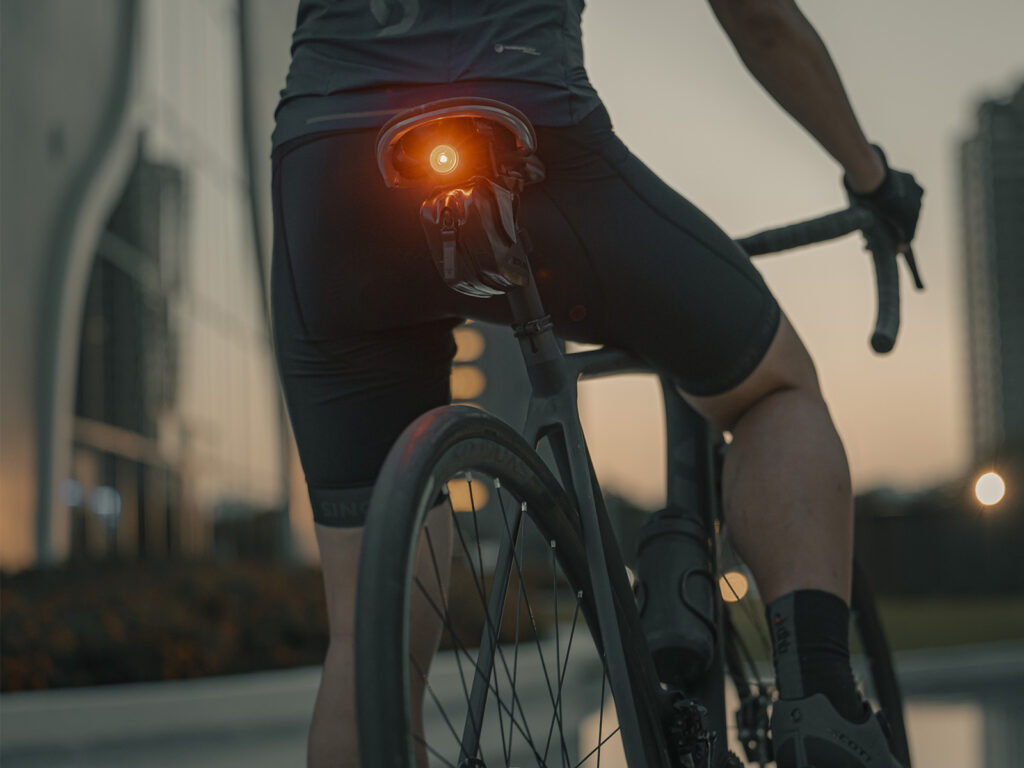
Using a signal is very important when riding on your bike. Do not just assume that other road users know of your riding intentions just because of your positioning on the road. Signal as you meant it so that they can actually know, and always check over your shoulder early before changing position. Don’t just do it abruptly to avoid causing you and other road users harm.
Read also: The Benefits Of Cycling For Heart Health And Disease Prevention
6. Be Patient

Tensions can be high in the morning on the roads, with many people grumpy about having to wake up early when they want to sleep in and others who hate their jobs. Try not to fall into the angry commuter category. We understand that this period is considered the rush hour, but try being patient and forgiving to other road users, especially the aggressive ones.
7. Always Know When To Dismount

It is ok to dismount from your bike and walk if that is what you feel like doing, there is no shame in it. The key, however, is knowing where to dismount, as cycling over pavements and pedestrian crossings will not be the best decision you can make at that time. Not only is it illegal, but it is also selfish to fellow road users and pedestrians.
8. Obey The Traffic Signs
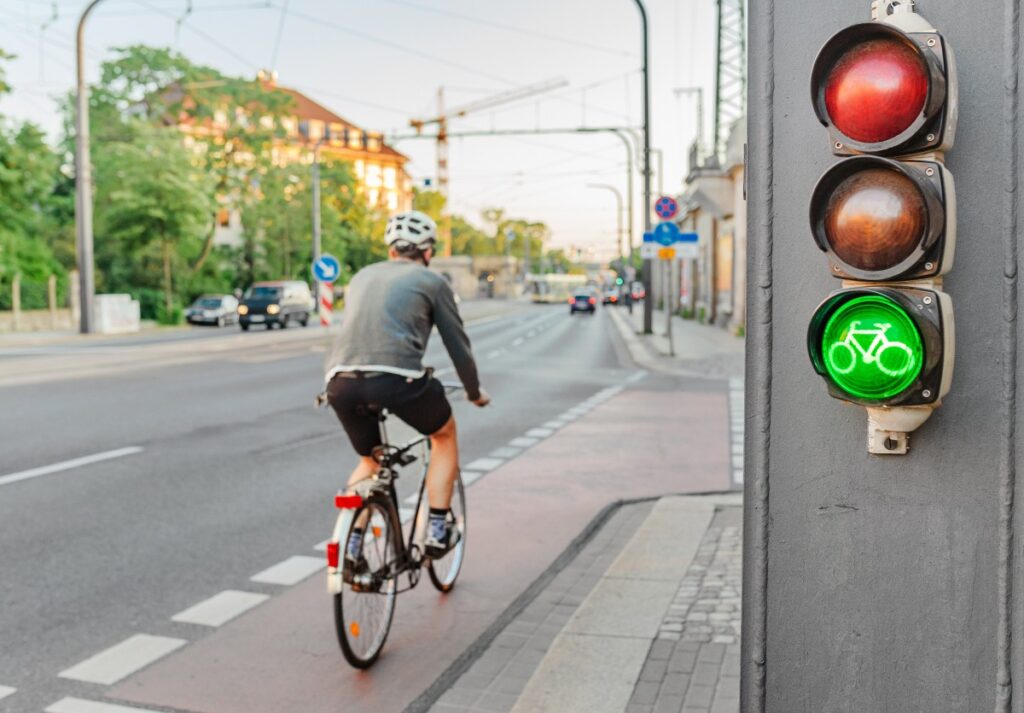
It can be tempting at times but do not jump red lights, as not only is it illegal, but it’s also a very dangerous move indeed as you may get crushed by a vehicle, especially when it is moving at high speed. Also, beware of your lane and ride with confidence so that drivers don’t squeeze past dangerously or attempt to left turn whilst you’re riding straight. If there is a cycling box available, wait there.
9. Try Overtaking To The Right
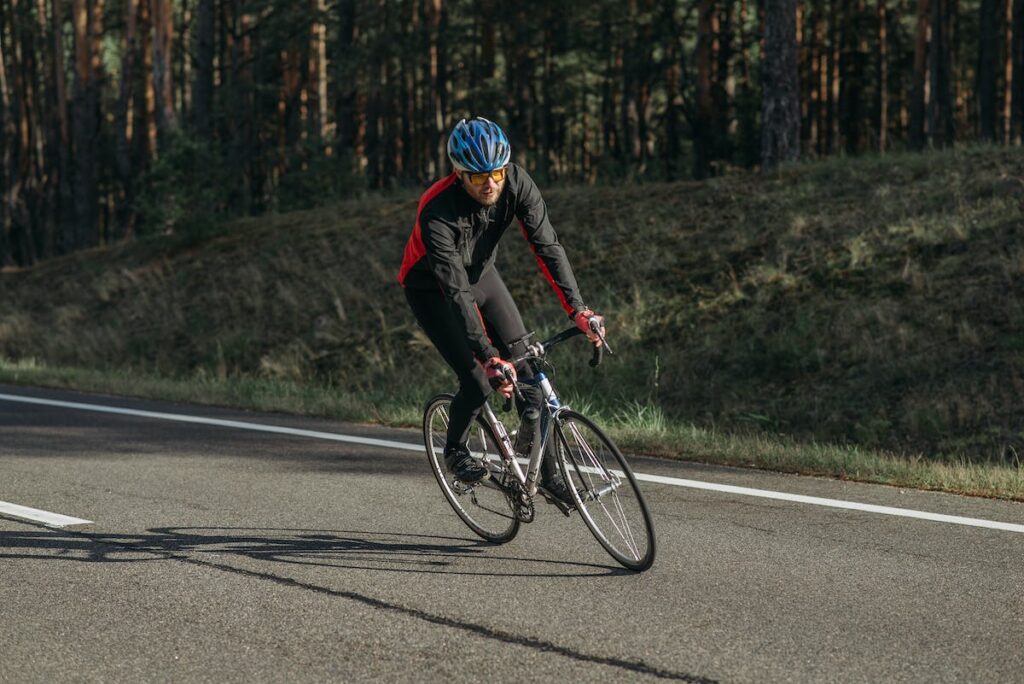
To obtain maximum visibility at all times when on the road, always overtake to the right. Filtering up the inside lane of traffic should only ever be done when traffic is completely stationary. Be also very mindful of car doors opening and also pedestrians crossing. Do not go up the inside of a long vehicle that has a restricted view as this can be very dangerous!
10. Use Cycle Lanes

If there are cycle lanes on the road you want to ply, it will be the best option for you to take because they work best when they separate you from the traffic. This is because they will allow you to go where cars cannot, and sometimes do things such as travel down a one-way street the ‘wrong way’. It is a good idea to plan your journey around cycle lanes simply because you put distance between you and traffic congestions.
Honestly, Cycling is amazing, and it is more brilliant when you reach your destination in one piece. Please take note that when you are cycling in an unfamiliar country or environment, the road signs may be a bit different from what you are used to. Familiarize yourself with them before you go riding.
Read also: How To Plan A Bicycle Touring Adventure: Tips And Tricks For Beginners

